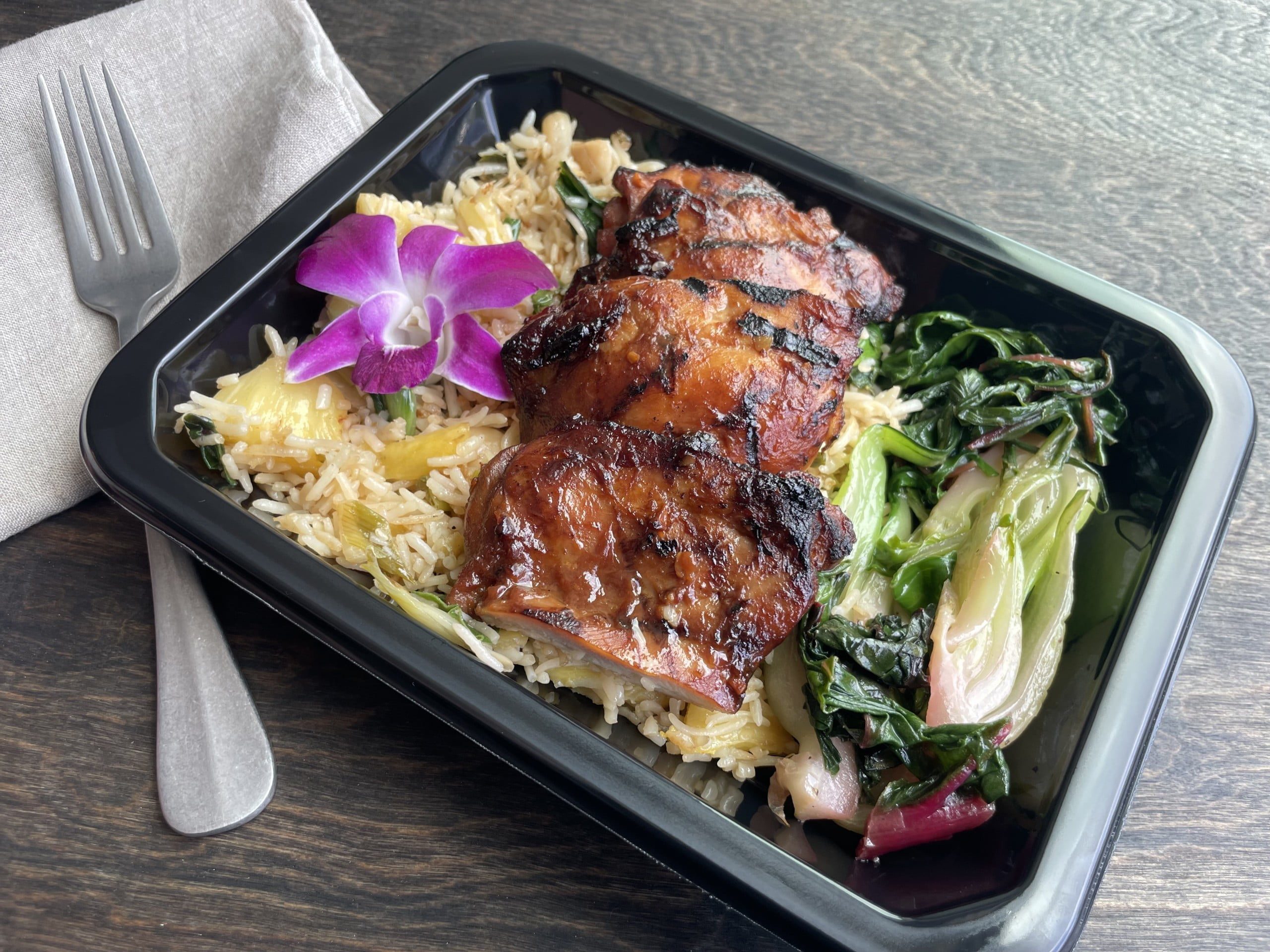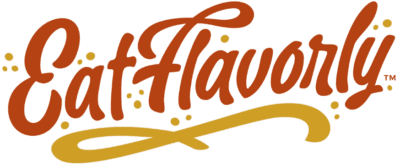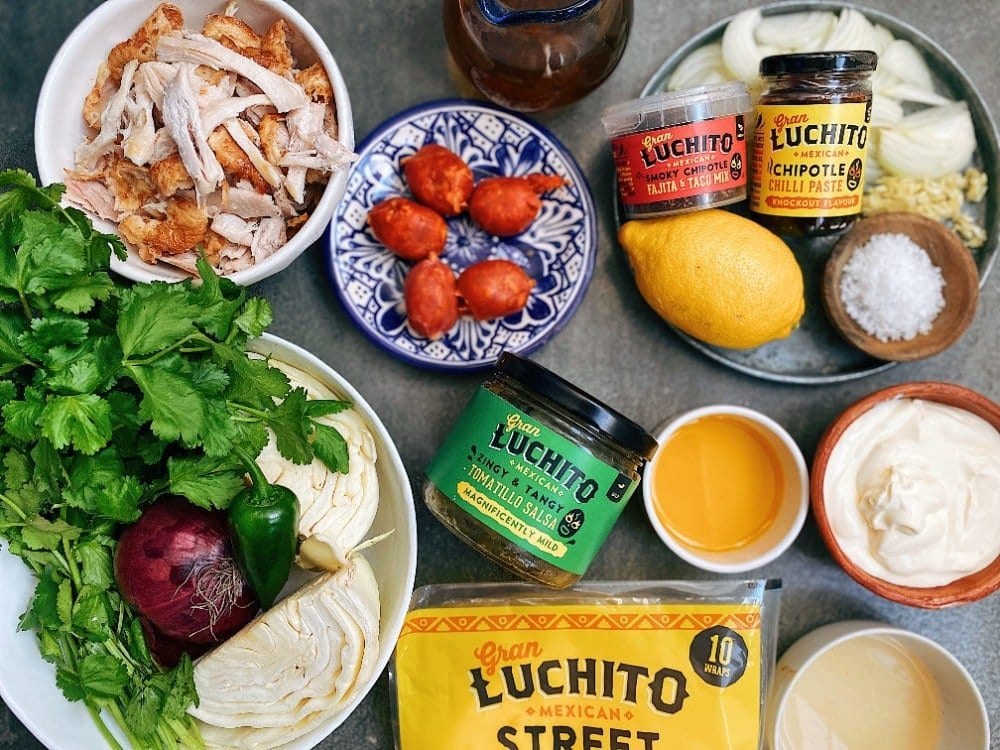
Take your tastebuds on a Hawaiian Vacation
Summer just got here, and this heat already has us dreaming of a sweet island getaway. That’s why this month we turned to the beautiful
Cart
No products in the cart.
Our Website is under maintenance if you run into any issues, please call us (832)-942-4012
Native American cuisine is the basis of many traditional regional dishes in North America. The first Native Americans allegedly traveled from the Old World into the New World across the Bering Land Bridge that joined Siberia to Alaska 15,000 years ago. Although it is hard to know for certain how, when, or why the Asian ancestors of the Native Americans first appeared in North America, it seems they either brought no animal or plant foods with them, or that none survived.
By the time Christopher Columbus first entered the New World, Native Americans were relying on foods that were indigenous to the region. Subsequently, those foods have become important to the entire world. In fact, many experts say that we can attribute more than half of our agricultural wealth to the patient cultivation of wild food plants by Native American Indians.
While there is a tendency to talk about Native Americans as a homogeneous cultural group, this is not historically accurate. North America was full of distinct and diverse cultures. Each culture spoke a different language, maintained different customs, and was ethnically diverse. So, when we talk about Native American cuisine, it’s important to remember that there was no single culinary standard. Each group was unique in its own ways.

Traditionally, most Native American nations lived in close contact with the land and the natural world. Consequently, some of the regional cuisines of North America have been defined by the various ways that food could be procured locally by hunting, gathering and fishing.
The composition of the Native American diet depended to a large extent on nearby plants and animals. For instance, saw palmetto berries were a unique common food of the Florida tribes while desert tribes used the fruit and leaves of the prickly pear cactus. On the other hand, bison was an important food to the Native American tribes of the western Great Plains. In fact, it is one of the few large mammals eaten by the early Clovis people that avoided extinction. Similarly, various seafood, especially fish, played an important dietary role in the Northeast and Pacific regions. Whereas, meat was the central dietary ingredient for the Indians of the Midwestern plains, because large herds of buffalo roamed wild. Deer and rabbits were also game. Meanwhile, native tribes of the Northeast hunted elk, moose, and bears.

Pemmican
Native Americans used this classic recipe to keep their energy up on long journeys.
Ingredients:
4 cups lean meat
3 cups dried fruit
2 cups rendered fat
Unsalted nuts
Dash of honey
Instructions:
Lean meat can be deer, beef, caribou or moose. Spread whichever you have available out on a cookie sheet and dry in the oven at 180 °F for at least eight hours, or until crispy. Once it’s cooled, pound it into a powder-like consistency and grind the dry fruit.
Heat the rendered fat until it becomes a liquid, then pour over the dried meat and fruit and mix in the nuts and honey as well. Mix and slice into portions, then store in a cool, dry place.
Much of the food consumed in Native American tradition was wild, sourced by hunter-gatherer societies. For example, common sources of protein included bison, birds, deer, elk, salmon, trout, and nuts. Meats were often smoked or dried as jerky. Wild plants included things like sunflower seeds, wild rice, wild berries, and even cacti.

In terms of plants, agricultural Native American societies domesticated quite a few. However, three stood out: maize (corn), beans, and squash. This combination was so important, and so ubiquitous, that it acquired a name: The three sisters. Why were the three sisters so valuable? Firstly, these crops delivered all the nutrients they needed. Secondly, they created a perfect agricultural complement. Beans added nitrogen into the soil, fertilizing the corn, while squash filled in the spaces between corn stalks and prevented weeds. A big problem in many agricultural societies was and still is overuse of the soil. The natural properties of these three products prevented that from happening.

Contemporary Native people retain a varied culture of traditional foods, along with the addition of some post-contact foods. Recipes, such as frybread, have become customary and even iconic of present-day Native American social gatherings. In addition, foods like cornbread, turkey, cranberry, blueberry, hominy and mush feature in the cuisine of the broader United States population. The most significant and long lasting Native American crops include corn, beans, squash, pumpkins, sunflowers, wild rice, sweet potatoes, tomatoes, peppers, peanuts, avocados, papayas, potatoes and cacao.

Perhaps the closest there is to an across-the-board Native American cuisine is fry bread, about which modern Native cooks are of distinctly two minds. Fry bread, a barebones dish of dough fried in oil or lard, was invented by desperate mothers in the 19th century in the wake of the Long Walk, a tragic 300-mile trek in which Indians from Arizona were forcibly relocated to New Mexico. There, unable to grow their traditional crops, they subsisted on rations distributed by the U.S. military. These included canned goods, sugar, flour, and lard from which they made calorific fry bread. While some see fry bread as a symbol of native perseverance and survival in the face of adversity for others it is a painful reminder of history they would rather not relive.

In 1968, Governor Ronald Reagan signed a resolution calling for a holiday called American Indian Day, to be held the Fourth Friday in September. In 1998, the California Assembly passed AB 1953, which made Native American Day an official state holiday.
The Tunica-Biloxi Tribe is one of four federally recognized Native American tribes in the state of Louisiana. There are 1,226 enrolled Tunica-Biloxi tribal members interspersed throughout Louisiana, Texas, Illinois and other parts of the United States. Approximately 42 percent live either on or in close proximity to the reservation and designated tribal lands located in central Louisiana. The modern Tunica-Biloxi Tribe is composed of Tunica, Biloxi (a Siouan speaking people from the Gulf coast), Ofo (also a Siouan people), Avoyel (a Natchezan people), and Choctaw.

We are honored at EatFlavorly to serve the Tunica-Biloxi tribe who have been distributing EatFlavorly Meals to their elders throughout Covid. The shipments ensure tribal elders remain safe and fed no matter where they live. The selected meals, prepared fresh and then frozen, are friendly to those with diabetes and other health considerations. Each included a generous portion of starch, vegetables and proteins.
Who will you take care of with your EatFlavorly purchase?

https://www.tunicabiloxi.org/culture/.
https://www.kalb.com/content/news/Tunica-Biloxi-tribe-to-distribute-sustaining-meals-to-tribal-elders-569700831.html
https://www.nytimes.com/2019/11/04/dining/native-american-recipes-sioux-chef.html.
https://www.sciencedirect.com/science/article/pii/S2352618116300750https://study.com/academy/lesson/native-american-food-history-facts.html
https://aihd.ku.edu/foods/history.html
https://www.nationalgeographic.com/culture/food/the-plate/2016/11/native-american-cuisine-returns-to-its-roots/
https://www.researchgate.net/publication/306095864_Native_American_Foods_History_Culture_and_Influence_on_Modern_Diets
http://www.foodtimeline.org/usa.html
http://indians.org/articles/native-american-food.html
https://en.wikipedia.org/wiki/Indigenous_cuisine_of_the_Americashttps://www.powwows.com/native-american-foods-throughout-the-united-states/
http://www.foodbycountry.com/Spain-to-Zimbabwe-Cumulative-Index/United-States-Native-Americans.html

Summer just got here, and this heat already has us dreaming of a sweet island getaway. That’s why this month we turned to the beautiful

Check out how EatFlavorly utilizes Mexican meats and so many more in our scratch-made meals over at Our Menu! With Cinco de Mayo

National Earth day is approaching on Thursday April 22nd. Today, not only is Earth Day a day meant to increase awareness of environmental problems, but
The convenience of home meal delivery is undeniable. Getting food delivered to your door that does not require cooking or cleaning is a huge time-saver.